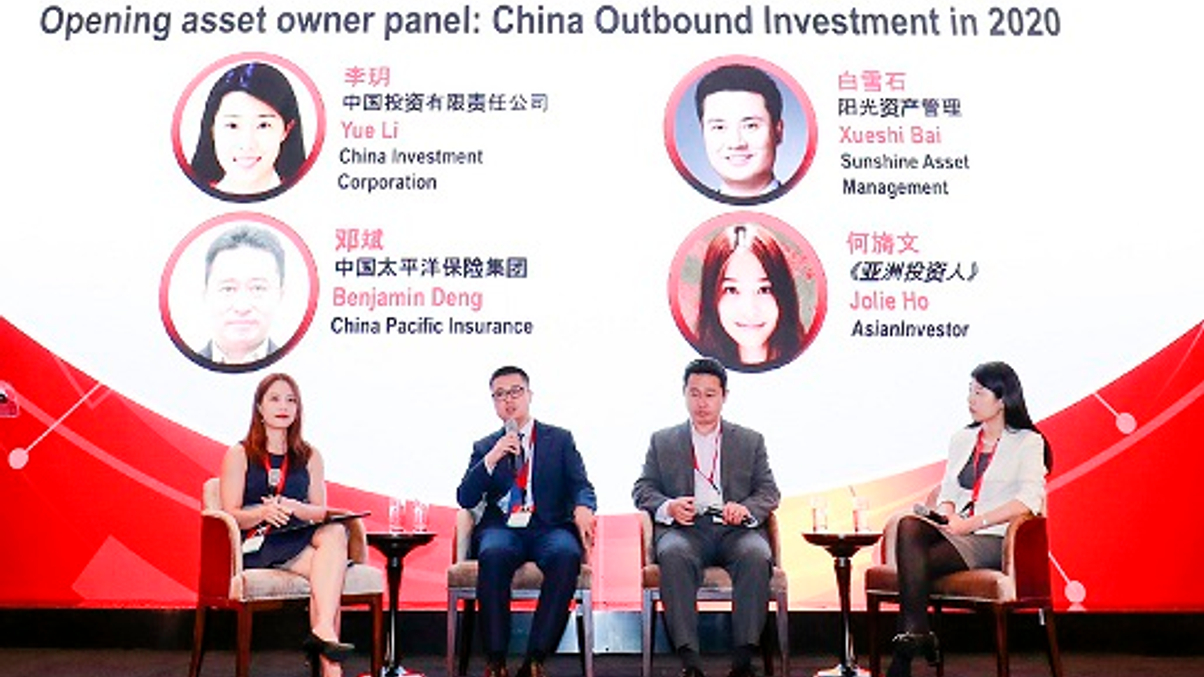How CIC and CPIC are fighting market risks
As global uncertainties continue to brew, at AsianInvestor’s sixth Institutional Investment Forum China, CIC and CPIC reveal the biggest challenges they face.

While some Chinese asset owners are able to invest in overseas assets, it’s not all smooth sailing in a rough sea of market ups-and-downs.
Sign in to read on!
Registered users get 2 free articles in 30 days.
Subscribers have full unlimited access to AsianInvestor
Not signed up? New users get 2 free articles per month, plus a 7-day unlimited free trial.
¬ Haymarket Media Limited. All rights reserved.


